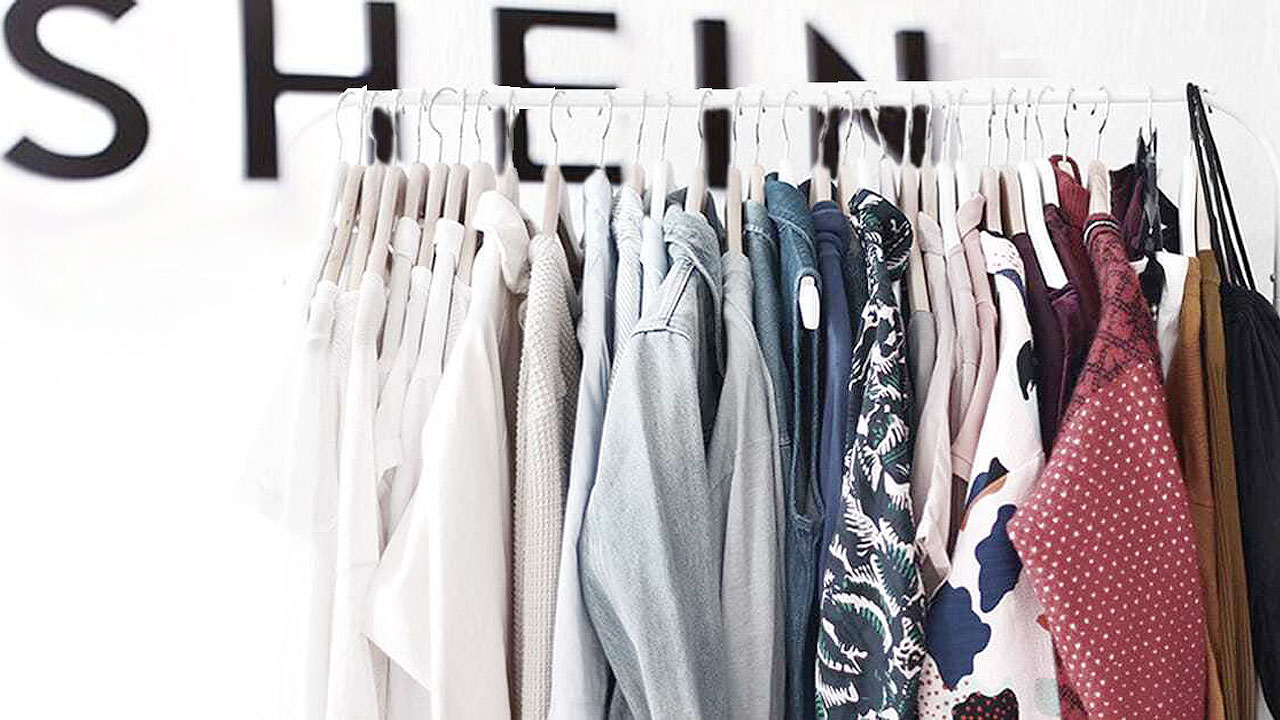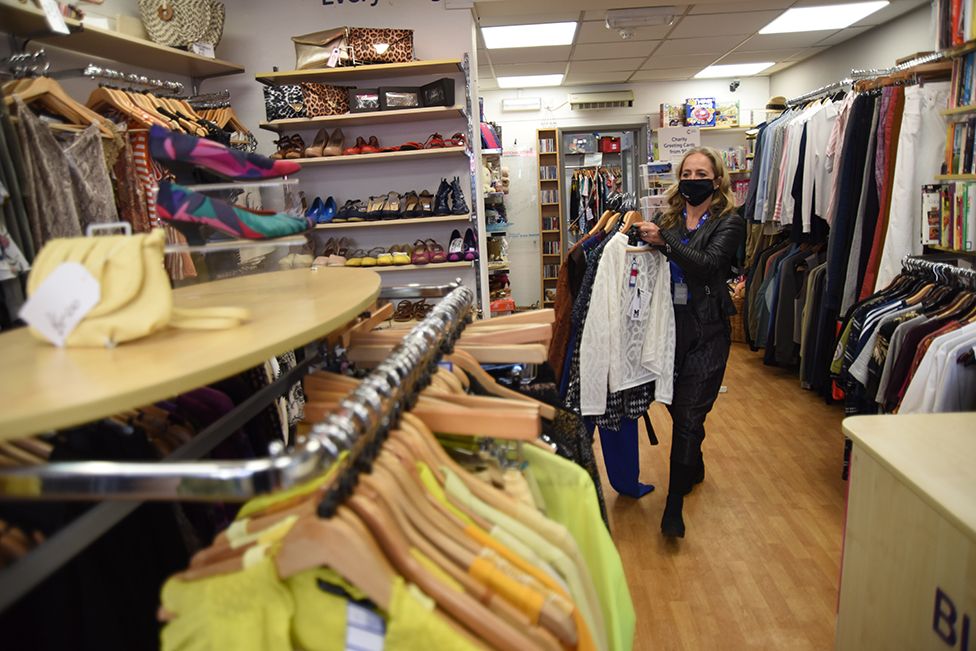After all the advocacy of being against Shein – protesting the brand’s damaging carbon emissions, non-ethical fabric impact on the environment and not to mention its shocking and poor labour conditions that was exposed in a Channel 4 documentary, you would think that would be the end of the Chinese fast fashion retailer. If you did, unfortunately, you thought wrong. Sorry mother nature.
It is reported by Money.co.uk that Shein has been named to be one of the most popular brands of 2022. Founded in 2008 in Nanjing, China, the brand was the most searched clothing brand on Google in 113 countries, surpassing other fast fashion brands like H&M and Zara as reported by Dazed.

(Source: Impakter)
For consumers who could care less about the environment because they prioritise convenience and style instead, Shein would be a haven for them to find any type of garment and piece of accessory that they would desire for any occasion.
“I have a winter ball coming up this weekend and I need a dress to wear, as much as I want to be as ethical as possible, I don’t have time to go thrift shopping or search for an ethical alternative for the outfit that I want. So Shein is the next best thing for me even if it’s bad for the environment”. Says Jomin, a 1st-year master’s student from Northumbria University.
The phrase ‘sustainability’ and ‘ethical’ are words that get thrown about in the fashion industry , yet Shein still remains to be popular in an industry that’s desperate to be eco-friendly. At this point, it is obvious that cancelling out Shein or any type of fast fashion is falling on deaf ears. It’s an “it is what it is” situation and if that’s the case, we just must painfully work around it.
“Shein is an ultra-fast fashion brand but let’s not forget about other retailers like Mark and Spencer’s, Zara and H&M who are big in the market too but at least play their part by having sustainable collaborations with charity stores to develop a circular economy,” says Heena a weekly sixth-form volunteer in Oxfam and The British Red Cross in Newcastle.
“As a volunteer, it’s a norm to see all these clothes ending up in a charity store for it to be resold for a lesser price and personally, I think it’s better this way – to buy fast fashion from charity stores or thrift stores instead from the brand directly itself. It’s much more sustainable that way and contributes less waste to landfills, ” Heena adds.

(Source: BBC)
Besides convenience, the rising cost -of-living in crisis plays a huge factor in sustainability in fashion too. According to NOSTO in Retail technology innovation hub, 57% of consumers want to be more sustainable when it comes to shopping for fashion but due to the increase in living costs 61% will prioritise price. 55% also agree that sustainable fashion is expensive to purchase too.
Jayne Smith, senior fashion design lecturer at The University of Sunderland said: “It’s painful to say this, but to look good and be sustainable at the same time can be costly, especially if you’re just a student or working minimum wage. Times are tough, so yes, most people will still go back to buying fast fashion and settle for cheaper materials. Its price first and sustainability second in the world that we live in right now.
“However, there’s always a silver lining in every cloud, and although it might just not be possible to bring down the Shein empire, it’s comforting to know that shoppers are still willing to change their retail habits and play their part to save the environment if the cost of living crisis.”
Smith added: “At the end of the day, spreading the word about how damaging fast fashion can be while educating the public, especially the younger generation is by far the only thing we can continue doing, and we mustn’t stop, because a little does go a long way to save our planet.”

(Source: Independent and Polyesterzine)
Here are some suggestions to take for individuals wanting alternatives to fast fashion:-
- Consider buying secondhand. The easiest way to browse secondhand items is using Facebook marketplace, visiting secondhand stores, or looking at apps like Vinted and Depop.
- Instead of investing in poor-quality pieces that might be cheap but will not last long, invest in high-quality garments that can be used more than once and for multiple occasions.
- Wear the same outfits more than once. No one is keeping count if you wear the same outfit three times in a row. It’s much better than having a different outfit every single day, especially if the outfit is not sustainable.
- Identify and acknowledge the right sustainable retailers that are upcycling or using regenerative material for their products.
- Participate in clothes swap events.
